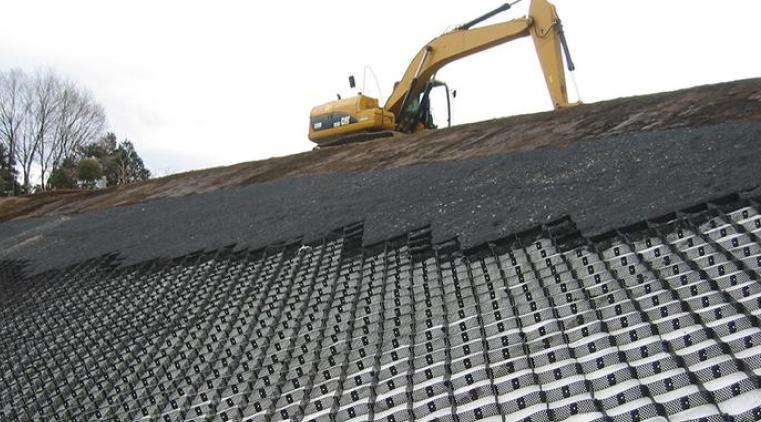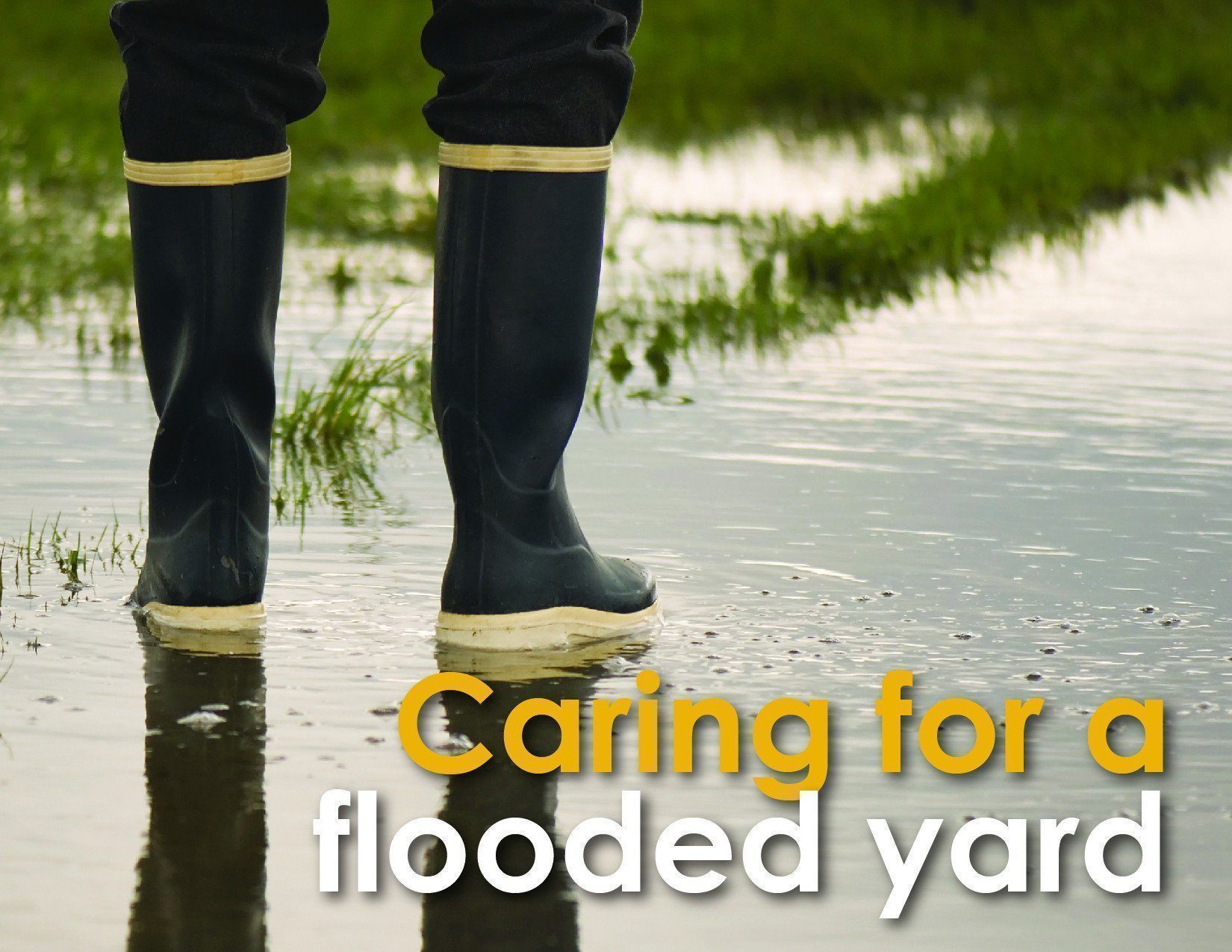Methods of soil and slope strengthening
The slope is prone to erosion, ie to gradual destruction. To prevent this, it is necessary to ensure its protection. How to do it, read below.
There are several methods of strengthening slopes and slopes. The choice of the best depends on many factors: the slope (ie the angle of inclination), the presence and amount of groundwater, soil composition and structure, the presence of a reservoir at the foot of the slope, the probability of shedding, landslides, erosion, etc.


First of all, pay attention to the angle of inclination. If it does not exceed 8%, you can do with planting plants: shrubs, trees, grasses, whose roots will contribute to soil compaction in the vertical and horizontal directions. If, for some reason, the plants can not be planted, use burying in the upper soil layers of stones, concrete blocks or logs, which can also be a good decoration for your site.
Consider in more detail these 2 ways.
Planting plants
Plants that have a well-developed root system (for example, juniper), which belong to the so-called ground cover species, are best suited for strengthening the slope. Also, depending on the site and goals, you should consider perennials such as cedar, sea buckthorn, hawthorn, tree peony, snowberry, vinegar, pine, rowan, quince, henomeles, blackberries, dog rose, deytsia, lilac. In addition to utilitarianism, you should pay attention to the decorative component, because plants, especially flowers, can be a great decoration of the site.
Reinforcement of slopes
What to do if the angle of inclination does not allow to apply traditional methods? Unfortunately, here you have to resort to more expensive means - reinforcement and the use of special structures, which include:
- Geotextiles.
- Geomats.
- Gabion constructions.
- Lawn grates.
- GeoCells.
Slopes can be reinforced by erecting retaining walls or fees of limestone, concrete slabs, stone or brick. Due to their durability, such reinforcements perfectly resist soil erosion and do not interfere with plant growth. Such structures can serve as a beautiful decoration of the yard, if you use decorative stairs, flower beds or create a composition of lanterns as decorative elements. Before erecting such structures, make sure that the soil under them is strong enough for the selected height of the fence, which, incidentally, should be at least 1 m. The wall thickness should be at least 1/3 of the height. Do not forget about the removal of rainwater and groundwater, providing a reliable drainage system.



Sometimes it is better to use stones. To do this, they are dug perpendicular to the slope line, taking into account the type and condition of the soil. Cement is also used to fix the stones. The stones, of course, should be selected approximately the same size and shape so that it fits harmoniously into the overall landscape.

Geotextiles
To strengthen the slopes in recent years increasingly use geotextiles - rolled nonwoven material made of polypropylene or polyester fibers by perforation with special needles or by heat sealing.
It has a number of useful properties that are great for increasing the strength of slopes or slopes, because it:
- not prone to rot;
- easy to install and handle;
- not exposed to fungi and mold;
- resistant to rupture and puncture;
- frost-resistant;
- capable of stretching up to 120%;
- waterproof;
- resistant to aggressive environments.
Geotextiles have good strength, so the soil can withstand a significant load, which it would be unable to do without reinforcement with this material. Moreover, after the sediment drains, it helps to prevent mixing of soil layers.
To reinforce the slope, the collapse prism is calculated, the appropriate volume of soil is selected, and then layer-by-layer laying of material in the holders, the geometric parameters of which correspond to the calculated values in order to create a layer-reinforced soil mass corresponding to the specified load characteristics.



Leave a comment
This site is protected by hCaptcha and the hCaptcha Privacy Policy and Terms of Service apply.